A boy residing in Tan Son, Phu Tho was admitted to the hospital with quadriplegia and difficulty speaking. Five days earlier, the child had shown symptoms of brief quadriplegia and difficulty speaking, but no fever, no headache, and was able to control his bowels and bladder.
The family took the child to the district medical center for examination. The child was ordered to have a CT scan of the brain, but no abnormalities were detected, so he was asked to continue monitoring at home.
At home, the child had a longer episode of quadriplegia (about 15 - 20 minutes) accompanied by difficulty speaking and incontinence. However, when the episode ended, the child could walk and talk normally.
In the evening, the child continued to have weakness in all four limbs, lasting for many hours, along with difficulty breathing and speaking. The family rushed him to the hospital for examination.
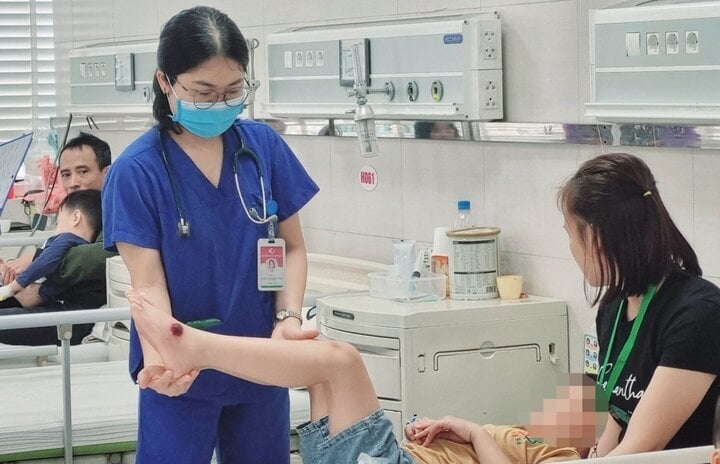
The doctor examines and evaluates the child's mobility before discharge. (Photo: BVCC)
Dr. Nguyen Vo Loc, Deputy Head of the Department of Intensive Care and Anti-Poison, Phu Tho Province Maternity and Pediatrics Hospital, said that immediately after receiving the patient, the doctor had the child undergo paraclinical tests to find the cause. The results of the child's brain MRI showed damage to the front of the pons.
“Because this is a rare medical case, we invited experts from Hanoi Medical University Hospital to consult on the X-ray results and agreed that the child had a brain parenchyma, pons, and brainstem infarction,” said Dr. Loc.
The child was treated with anti-cerebral edema and anticoagulants according to the protocol. After 5 days, the child's health condition improved significantly, with muscle strength reaching 4/5 and eating and drinking. The child spoke more but still had difficulty.
After 20 days of treatment, the child could walk normally, speak clearly, eat well, control bowel and bladder movements, had no fever, no vomiting, no headache. The child was discharged and scheduled for a follow-up visit in 2 weeks.
Stroke (including cerebral infarction) is a dangerous disease that is very rare in children. If not detected and treated promptly, the disease can leave very serious sequelae such as language disorders, paralysis of limbs, half of the body, paralysis of the whole body, inability to control normal movements, loss of control of urination and defecation due to inability to control oneself.
Doctors recommend that parents and caregivers pay special attention to unusual signs in children. In particular, signs of limb weakness are often a manifestation of many serious neurological diseases. Therefore, when children show these dangerous signs, they should quickly take them to specialized medical facilities for timely examination and treatment.
Source



![[Photo] Prime Minister Pham Minh Chinh chairs a meeting of the Government Standing Committee to remove obstacles for projects.](https://vphoto.vietnam.vn/thumb/1200x675/vietnam/resource/IMAGE/2025/10/06/1759768638313_dsc-9023-jpg.webp)
![[Photo] Prime Minister Pham Minh Chinh chaired a meeting of the Steering Committee on the arrangement of public service units under ministries, branches and localities.](https://vphoto.vietnam.vn/thumb/1200x675/vietnam/resource/IMAGE/2025/10/06/1759767137532_dsc-8743-jpg.webp)



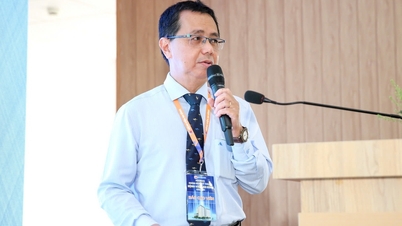



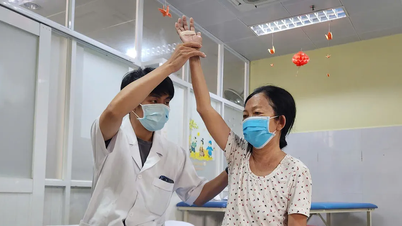

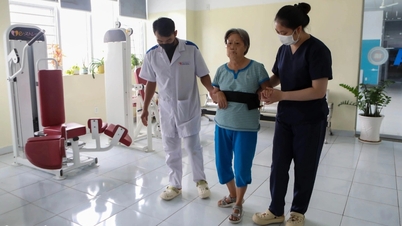



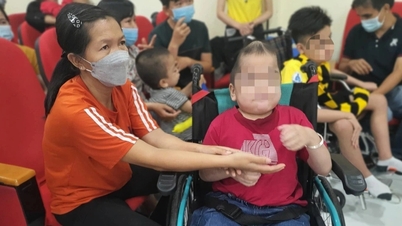



















































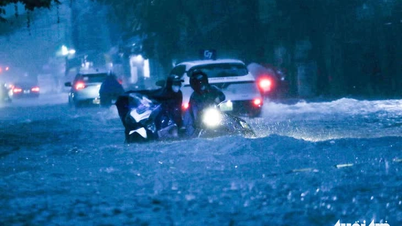










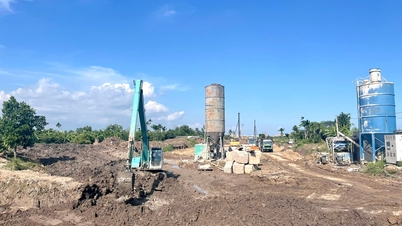
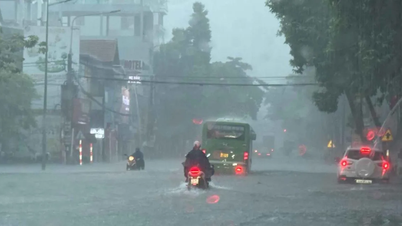


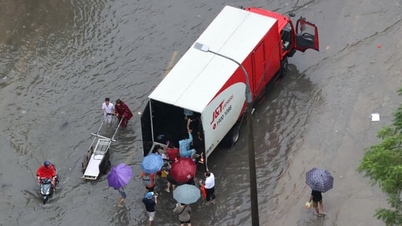














Comment (0)